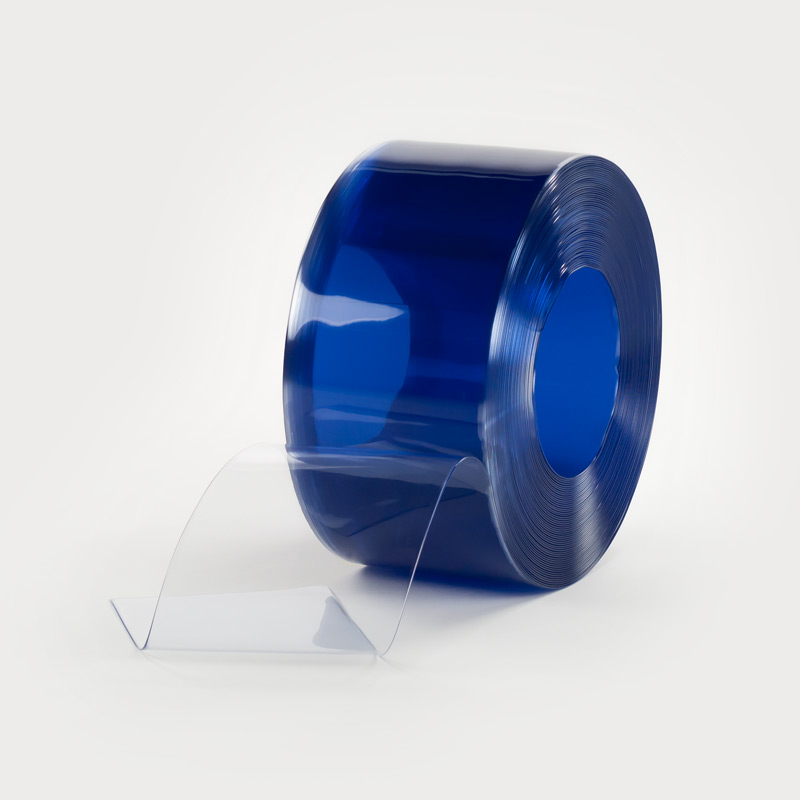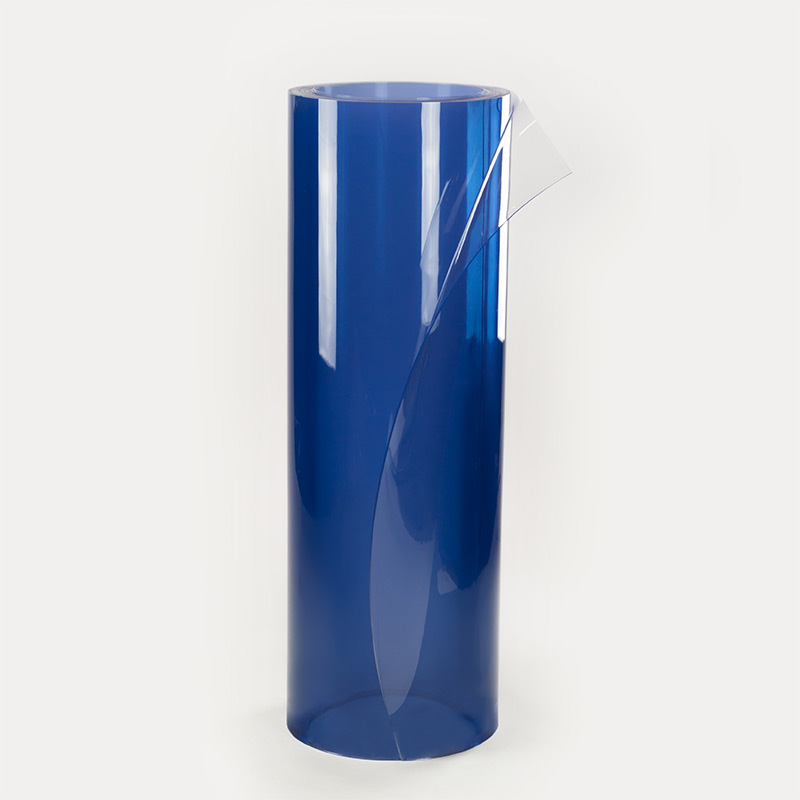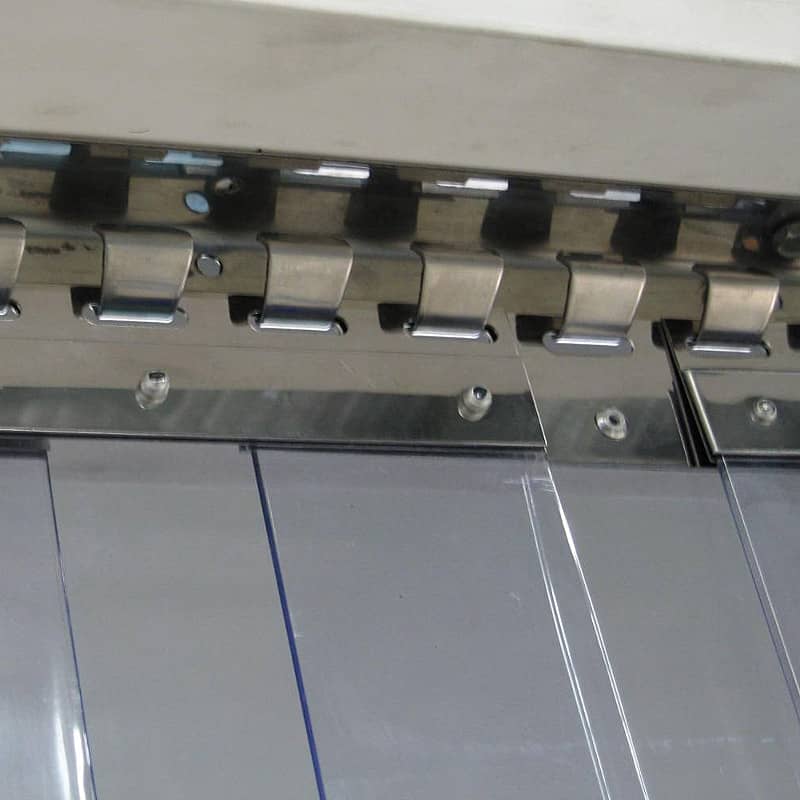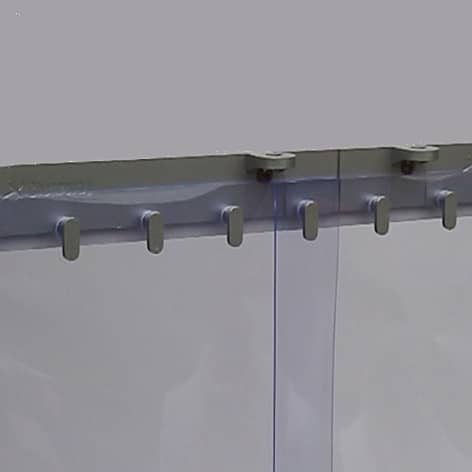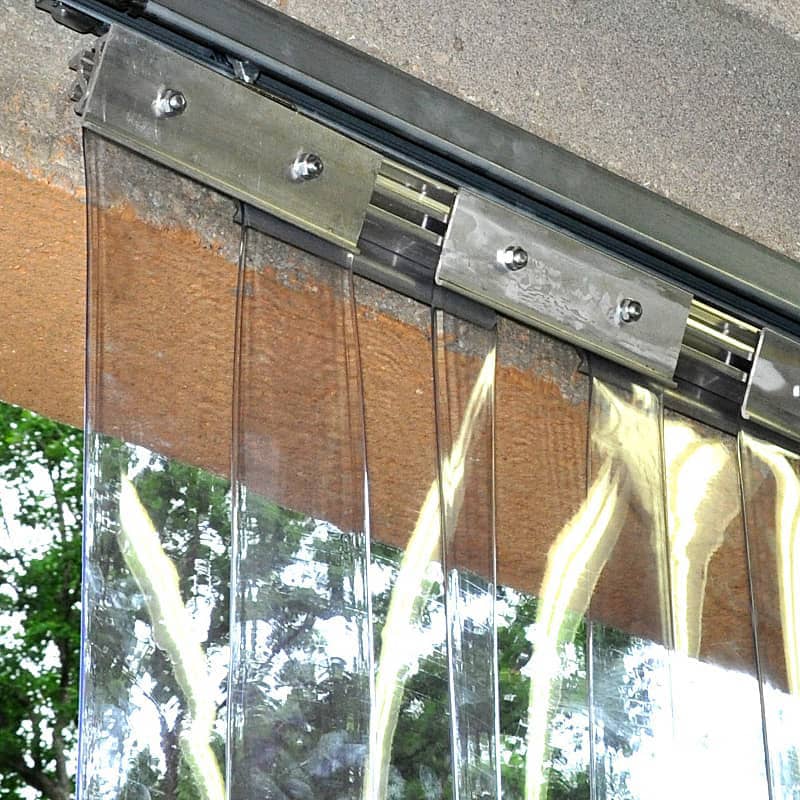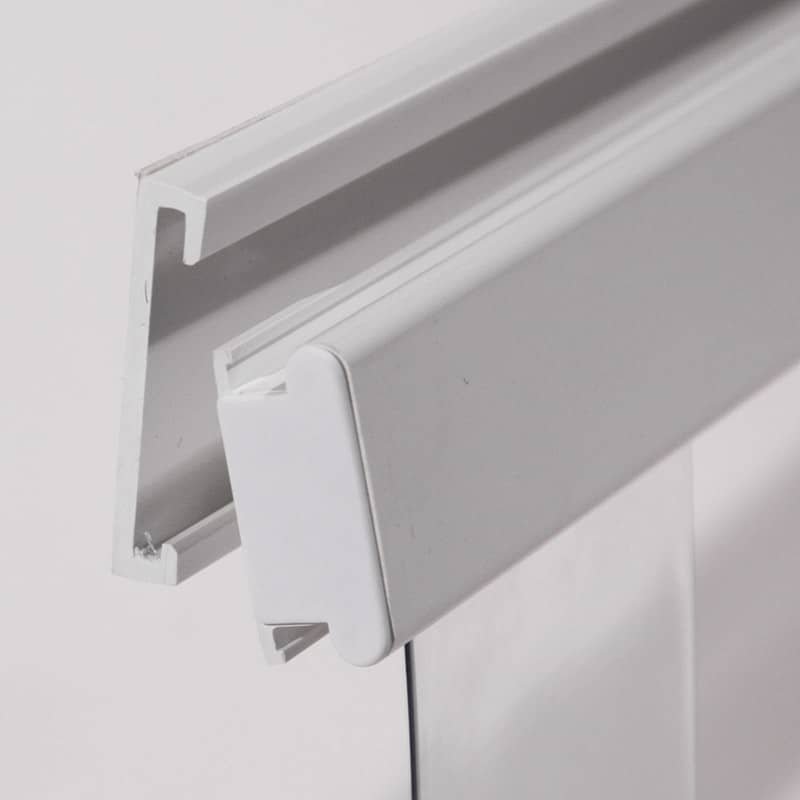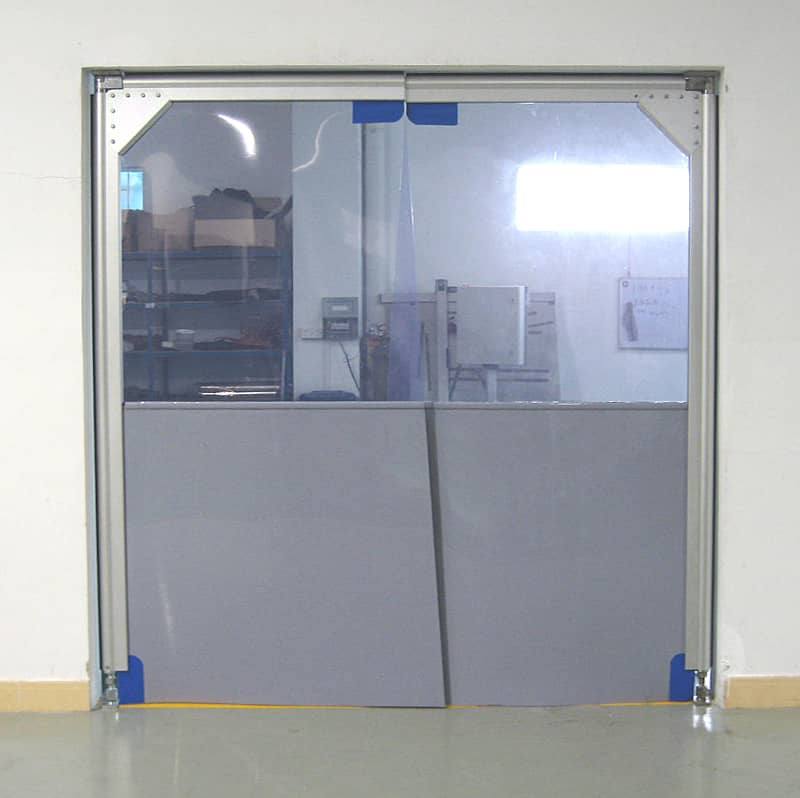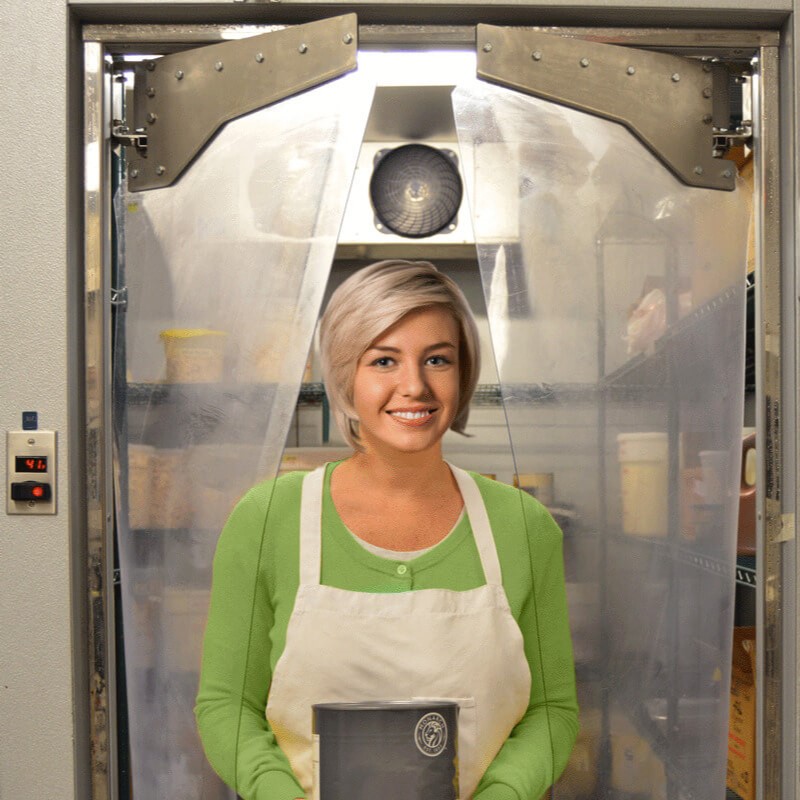What are you looking for?
Food-Contact PVC

| EU food contact compliant |

| FDA compliant |

| Transparency |

| Thermal insulation |

| Noise insulation |

| Long durability |

| Environment friendly & recyclable |
Formats
- Rolls, strips, curtains, panels and films
- Smooth, ribbed, reinforced, rounded edges, matt surface.
| Min | Max | |
| Width | 75 mm | 2.2 m |
| Thickness | 0.3 mm | 12 mm |
| Length | 20 m | 100 m |
About Food-Contact PVC
Food-Contact PVC complies with European regulation (1375/2004/CE and EU-10/2011) or FDA.
It is an ideal choice for ensuring food safety in various sectors of the food industry.
This specialised PVC variant is highly recommended for applications within the food industry where fresh or frozen produce is present, such as food production plants, slaughterhouses, refrigerated trucks, cold storage facilities, and supermarkets.
Applications
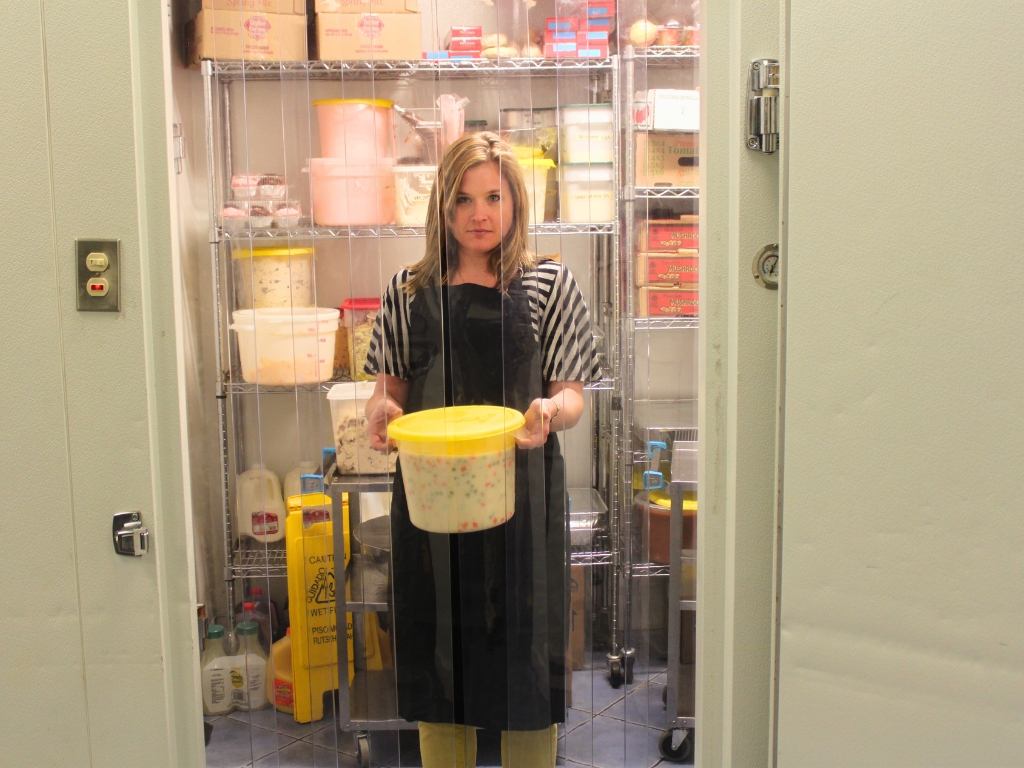
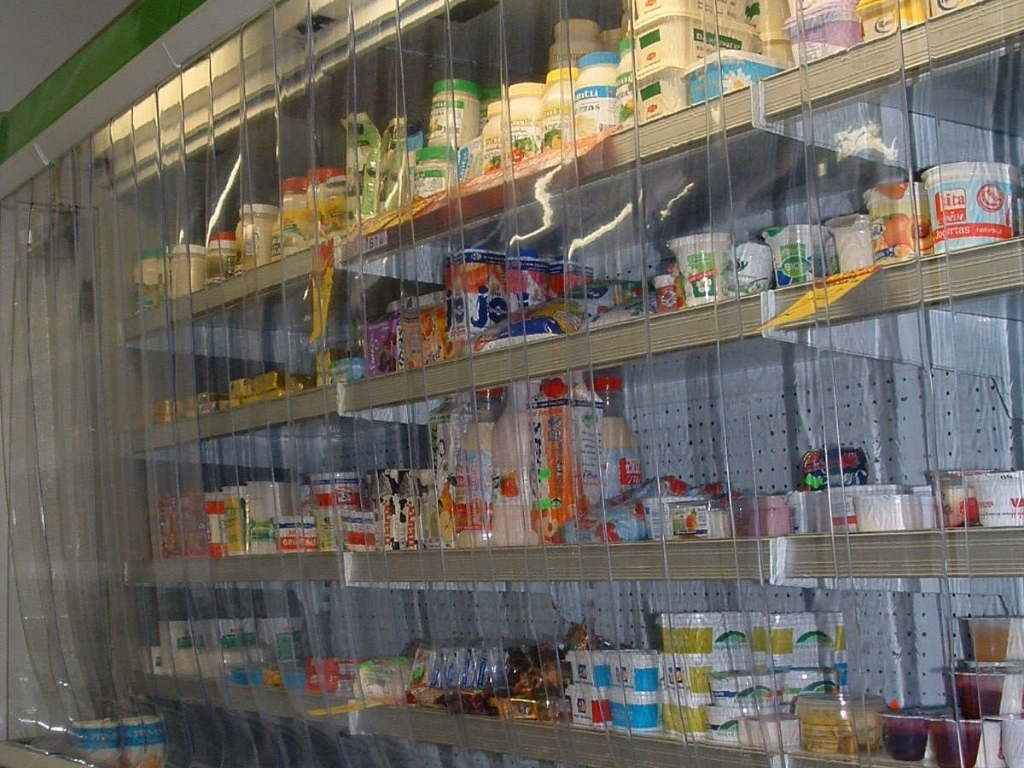
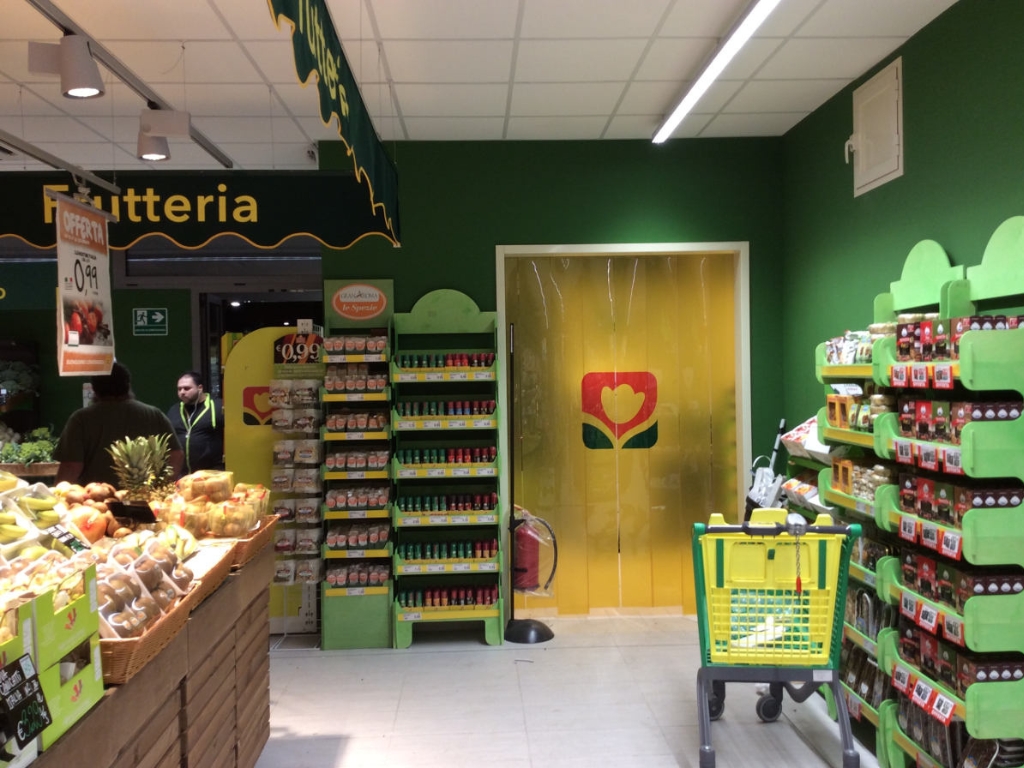
Why Use Food-Contact PVC ?
Food-Contact PVC is meticulously formulated to ensure it is food-safe.
This guarantees that our Food-Contact PVC can safely come into contact with food, ensuring that the food is safe for human consumption.
Food-Contact PVC is specifically designed for applications in the food industry, particularly where fresh or frozen produce is handled.
Applications
- Food production plants
- Slaughterhouses
- Refrigerated trucks
- Cold storage
- Supermarkets
- Restaurants
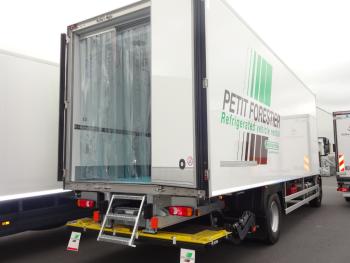
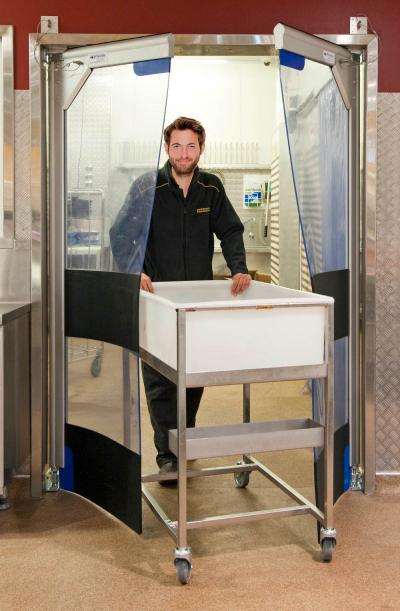
Prevent Food Contanination
Employing Food-Contact PVC guarantees the preventionof contamination from hazardous chemicals in your food and produce.
This gives you the confidence to utilise Extruflex PVC in proximity to food and beverages, ensuring the safety of your customers and mitigating potential business risks.
NON-PHTHALATE, a long-standing choice
For Food-Contact PVC, as well as for all products, extruflex made the long-standing choice of exclusively using NON-PHTHALATEplasticizers.
This ensures the highest safety for users.
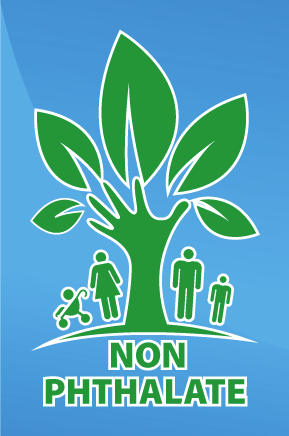
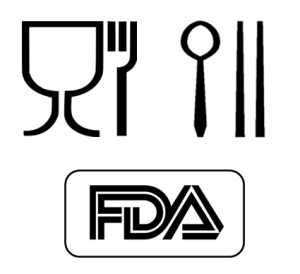
Adheres To Strict Health And Safety Guidelines
Tailored for food contact, it upholds Extruflex's great qualities, such as exceptional clarity, transparency, and durability.
It avoids the risk of contaminating food with chemicals without compromising performance.
Food contact PVC complies with European regulation (1375/2004/CE and EU-10/2011) and FDA.
Technical Datasheet
| Properties | Standard | Units | Standard | Description |
| Light transmittance | ASTM D 1003 | % | 85 | Visible light rate transmitted through the material. |
| Shore A hardness | EN ISO 868 | Sh A | 80 | Index based on a flat indenter's penetration depth. Scale from 0 (Soft) to 100 (Hard). |
| Tearing resistance | DIN 53515 | N/mm | 50 | Minimum tensile stress required to tear a pre-slit sample. |
| Tensile strength at break | ASTM D 638 EN ISO 527 | N/mm² | 16 | Maximum tensile stress that a material can be subjected to before break. |
| Elongation at break | % | 340 | Elongation of the specimen at the break point under tensile stress. | |
| Residual elong. (after break) | % | 68 | Permanent elongation of the specimen measured after rupture in a tensile test. | |
| Thermal conductivity | ASTM C 177 | W/m.K | 0,16 | Ability to conduct heat. The lower it is, the more insulation. |
| Cold bend brittle temp. | ISO 8570 | °C | -35 | Temperature at which the specimen break under torsion stress. Brittle point (CLASH & BERG). |
| Min. usage temp. | EN 1876 | °C | -15 | Temperature range where material keeps its mechanical properties (flexibility). |
| Max. usage temp. | °C | +50 | ||
| Specific heat capacity | ISO 11357 | kJ/kg.K | 1,6 | Heat energy required to increase the temperature of one kilogram of the material by one degree Celsius. |
| Sound reduction | DIN 52210 | dB | >35 | Average sound level (freq. 0,1 to 3,2 kHz) decreased by a 1,76 sq.m. and 5 mm thick PVC curtain. |
| Reaction to fire | EN 13501-1 | Class | - | Standard classifications of material self-extinguishing and resistance to combustion. |
| UV/IR filter | ISO 25980 | - | - | Ability to filter welding rays allowing the use of this material as a welding protection screen. |
| UV resistance | ISO4892 | - | Yes | Ability to resist to UV (Sun, welding arc). |
| Surface resistivity | ASTM D257 | .1010 Ω/□ | 30 | Material surface electric resistivity measured with a 100 V direct voltage. |
| Water absorption | EN ISO 62 | % | -0,2 | Material mass variation after exposure to humid conditions. (<0 if released / >0 if absorbed) |
| Anti-insect | - | - | - | Special ability to keep insects away.(Food processing plants, tropical regions) |
| Density | ASTM D 792 | g/cm3 | 1,22 | Mass per unit volume. |
Free download
- FLEXIBLE VINYL - NON-PHTHALATE PLASTICIZER (EN).pdf
- FLEXIBLE VINYL - SOLUTION FOR BUILDING (EN).pdf
- FLEXIBLE VINYL - SOUND REDUCTION (EN).pdf
- FLEXIBLE VINYL - THICKNESS & THERMAL INSULATION (EN).pdf
- FLEXIBLE VINYL - THERMAL INSULATION (EN).pdf
- FLEXIBLE VINYL - STABILIZERS & DURABILITY (EN).pdf
- PLASTIC MATERIALS & EARTH’S ENERGY RESOURCES (EN).pdf
- PLASTIC MATERIALS & GLOBAL WARMING (EN).pdf
- PLASTIC MATERIALS & OIL RESSOURCES (EN).pdf


